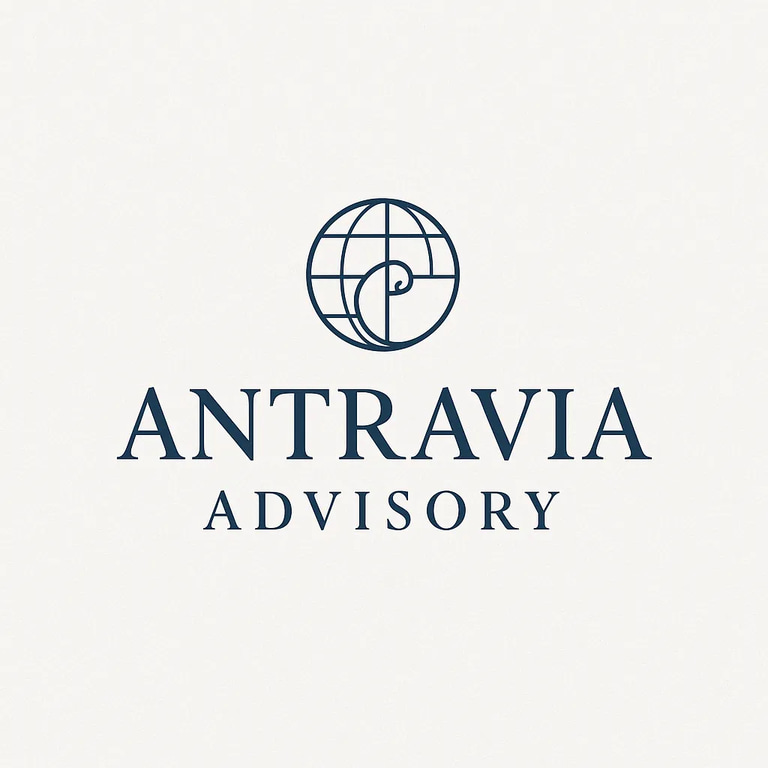How to Price Travel Packages Profitably: A Practical Guide for Travel Agents
Stop pricing based on guesswork. Learn how travel agents can set profitable, structured pricing using real margins, FX planning, and tiered service models. A must-read for serious agents.
TRAVEL AGENTS FINANCE
7/10/20253 min read


How to Price Your Travel Packages Profitably
If you want to run a serious travel business, you can’t price based on vibes. You need structure. You need to know what your margin is, where your risks are, and what happens when exchange rates shift. Travel agents often price emotionally or based on what they think the client can afford. That’s a fast way to burn out and lose money. This guide will help you price like a business owner.
Start with your desired margin
Before you do anything, decide what you want to earn. For most agents, a 15 to 25 percent margin is realistic. For custom trips or high-touch itineraries, you can go higher. If you’re doing a simple hotel booking, your margin might be set by the commission. But for packages, you have control.
Let’s say you want to earn $1,200 on a $6,000 trip. That’s a 20 percent gross profit. Work backwards from there. Add your costs up, add your markup, and test if the final price still works for your market.
Include every cost, not just the obvious ones
You need to account for:
Net rate of hotel or supplier package
Flights or transportation
Local DMC commission or handling fees
Your credit card or Stripe fees
Currency conversion or international payment fees
Insurance and bonding costs if applicable
Time costs, especially if you're custom-building
If you’re paying a supplier in Thai baht or euros, you need to estimate the FX rate conservatively. A 2 to 3 percent swing in exchange rate can eliminate your profit if you’re not careful. Use tools like Wise or your bank's forecast to stress test your assumptions.
Understand the difference between markup and margin
If you buy something for $2,000 and sell it for $2,500, your markup is 25 percent. But your margin is 20 percent. Use the right language and make sure your financial tracking is consistent. Antravia clients often realise they’ve been calculating one but reporting the other. That creates confusion.
Build in cushion for scope creep and last-minute changes
Clients will ask for changes. Something will go wrong. A driver won’t show up, or a transfer will be rescheduled. Build in a buffer, both financially and operationally. If you know this client is likely to message you while they’re away, that’s a higher service tier. Charge accordingly.
Use tiered pricing or service packages
You don’t have to reinvent the wheel for every trip. Offer structured packages:
Base price: flights, hotel, insurance, and one activity
Mid-tier: everything above, plus transfers and a few tours
Premium: concierge-level planning, local WhatsApp contact, restaurant bookings
Each tier has a clear cost and a clear margin. You control the scope. If a client picks the mid-tier and starts asking for concierge-level service, you refer back to the pricing.
Be transparent but confident with clients
You don’t need to justify every dollar, but you do need to speak clearly about what you charge and why. Clients appreciate clarity. Say things like:
“My planning fee covers custom itinerary design, supplier coordination, and 24-hour on-trip support.”
“The package price includes all supplier costs, foreign exchange fees, and my margin as your advisor.”
If you don’t say it, clients assume you’re just Googling things and pocketing the difference.
Track what you earn on every booking
Use a spreadsheet or a system like Travefy, Dubsado, or QuickBooks to track the real profit per trip. Over time, patterns emerge. You’ll spot:
Which types of trips earn the most per hour
Which destinations are FX-heavy
Where you’re over-servicing for low return
This is how you grow. Data beats gut feeling every time.
Adjust for group trips, retreats, or high-risk bookings
If you’re selling group trips, add contingency. A delayed bus, an extra dinner, or a refund dispute can cost hundreds. If you're organising retreats or high-value bookings, get insurance or use a contract that outlines refund and liability terms. Your price should reflect the risk.
The Antravia view
Pricing is not a dark art. It’s a structure. Once you get your model right, you can scale it, delegate parts of it, and grow with confidence. The best pricing models don’t just protect your profit. They also make you look more professional.
If you want help setting your margin strategy, reviewing supplier contracts, or working out how to manage FX risks, that’s exactly what Antravia does. Get in touch when you’re ready to price properly.
